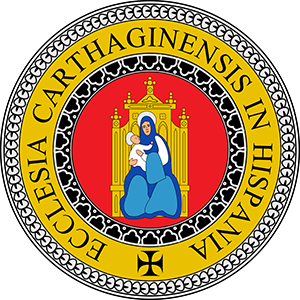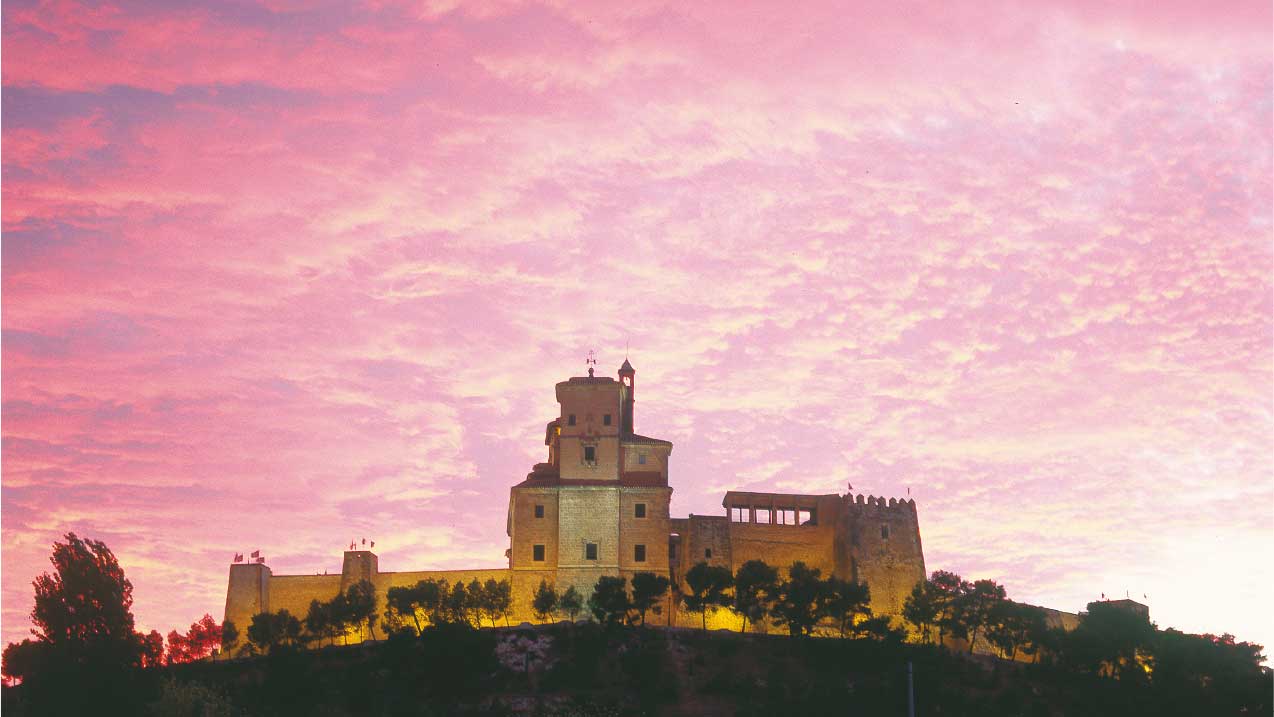 The importance of Cartagena as one of the main Roman cities in the Western Mediterranean drew Christians from very early times, with an important tradition subsequently taking root according to which St. James began his preaching in Hispania in the port city. Figures such as that of the four holy brothers of Cartagena (Leandro, Isidore, Fulgencio and Florentina), and that of the renowned bishop St. Licinian, evidence the existence of a flourishing Church, with this being reinforced by historical testimonies and important archaeological artifacts, such as the Martyrium of La Alberta,the Paleochristian Basilica of Algezares, and the site of the episcopal city of Begastri.
The importance of Cartagena as one of the main Roman cities in the Western Mediterranean drew Christians from very early times, with an important tradition subsequently taking root according to which St. James began his preaching in Hispania in the port city. Figures such as that of the four holy brothers of Cartagena (Leandro, Isidore, Fulgencio and Florentina), and that of the renowned bishop St. Licinian, evidence the existence of a flourishing Church, with this being reinforced by historical testimonies and important archaeological artifacts, such as the Martyrium of La Alberta,the Paleochristian Basilica of Algezares, and the site of the episcopal city of Begastri.
In 1250, after the reconquest by the Infante Alfonso X the Wise, the Diocese of Cartagena was reestablished, the see being transferred to the city of Murcia in 1291. The presence of several military orders bolstered Christian settlements in certain areas of the former Kingdom of Murcia, and the diocesan territory expanded into parts of the modern-day provinces of Alicante, Albacete and Almería, being delimited in the mid-20th century to the current Region of Murcia.
Parishes were established in the main population centers, and the most important religious orders were found throughout the diocese.


